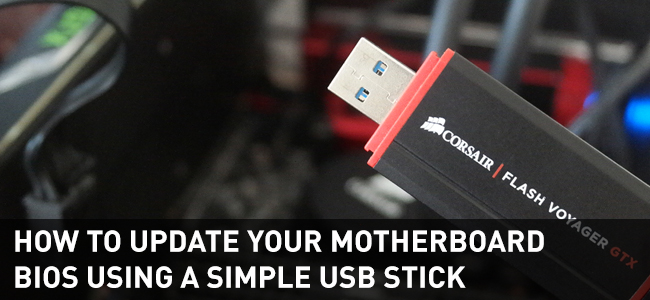Way too much conflicting information about this. I need to do 2 things. I want to update my BIOS before I install Windows 10 on a new rig. What format does that need to be? FAT32, EXFAT or NTFS? Then I want to install Windows 10 after formatting the flash drive. What format should that be?
I used the flash drive to create the Windows 10 install. I formatted it because I want to use it to update the BIOS first. Now my 64GB flash drive is stuck at 32GB. I have looked up how to fix that but nothing works. How do I get rid of the ESD format?
I used the flash drive to create the Windows 10 install. I formatted it because I want to use it to update the BIOS first. Now my 64GB flash drive is stuck at 32GB. I have looked up how to fix that but nothing works. How do I get rid of the ESD format?
Last edited:


